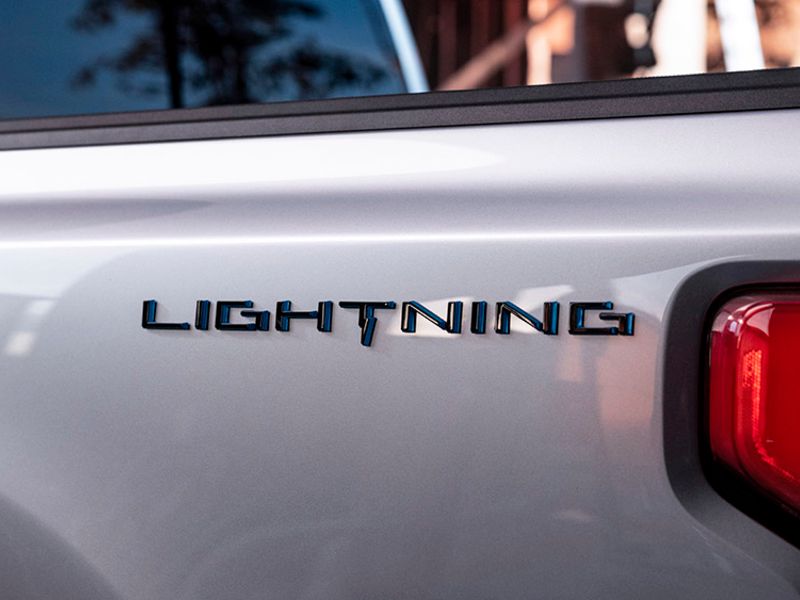
DETROIT — Ford Motor Co. on Wednesday posted second-quarter net income of $561 million, crediting strong demand for helping it stay in the black despite the ongoing global semiconductor shortage and improving its forecast for the rest of the year.
Ford’s overall profit fell by about half from a year earlier, but it reported adjusted earnings of $1.1 billion before interest and taxes, up from a $1.9 billion loss in the second quarter of 2020 as the pandemic began. Its adjusted margin rose to 4 percent.
“This outcome was far from certain at the beginning of the quarter,” CEO Jim Farley said on an earnings call with investors.
Ford said it had expected a net loss for the period but performed better because of strong demand for new vehicles like the Bronco and Mustang Mach-E, lower incentives and a favorable mix of more profitable vehicles. The automaker had warned that second-quarter net income would be “substantially lower” because of last year’s one-time $3.5 billion gain on its investment in Argo AI.
Revenue rose 38 percent from a year earlier to $26.8 billion.
Ford raised its full-year earnings guidance to a range of $9 billion to $10 billion, from $5.5 billion to $6.5 billion previously. CFO John Lawler expects the chip shortage could “bleed into the first part of next year,” but the company expects volume to increase by about 30 percent in the back half of 2021 compared with the first.
“We are now spring loaded for growth in the second half and beyond because of those red-hot products, pent-up demand and an improving chip supply,” Farley said.
Still, Ford warned rising commodities costs will likely cut $2 billion out of its adjusted EBIT, and it will also be hurt by investments from its Ford+ growth plan and lower expected earnings from Ford Credit for the remainder of the year.
Although the company turned a profit, the ongoing chip crisis still slashed roughly half — about 700,000 units — of its planned production in the second quarter.
Lawler said Ford had between 60,000 to 70,000 unfinished vehicles sitting in lots awaiting chips and related components at the end of the second quarter, up from 22,000 at the end of the first quarter, but expected to work through “a majority” of those vehicles by the end of this quarter.
Ford has been gauging dealer interest in a plan that would send them the unfinished products to store on their own lots and would have service techs install the chips when they become available.
Ford shares gained 3.3 percent to $14.32 in after-hours trading.
Chip shortage takes toll
The company earned $194 million in North America, the region’s smallest profit since the second quarter of 2020, as the chip shortage forced significant downtime at many assembly plants. It lost money in Europe and China, while Ford Credit had record earnings of $1.6 billion.
Ford’s North America market share also fell by about 29 percent from the same period a year ago, according to Edmunds data.
Executives say it’s a short-term loss that they expect to make up as chips become more readily available and its new products continue to hit showrooms.
Ford said it now has more than 120,000 reservations for its F-150 Lightning EV pickup, which hits showrooms in the middle of next year, and that two out of every five reservation holders is switching from a gas-powered pickup. It also has about 80,000 reservations for its upcoming Maverick hybrid compact pickup, which goes on sale later this year.
Farley noted Ford plans to move to an order-bank system for all of its products and maintain a 50-60 days-supply of vehicles, much lower than it was before the chip crisis and coronavirus pandemic. He said the order bank currently sits at about 70,000 units.
Farley said an order bank helps the company keep incentive costs down and reduces complexity by giving it a better idea of what exactly customers want. He said dealers shouldn’t be worried about the move because there’s opportunity to make more money on service.
“That’s the most important thing for us; wiring a closed loop between the vehicle, the condition of the vehicle, the service capacity of the dealers and the customer,” he said. “Our chance to win…is that in-person service.”

